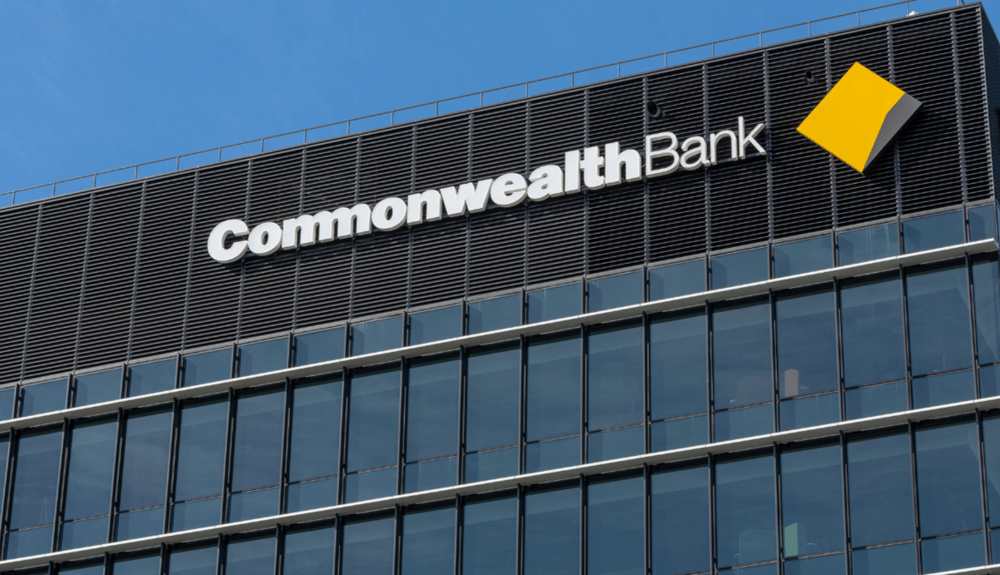CommBank Cuts Variable Investor Loan Rates as RBA Lowers Cash Rate to 3.85%
Australia’s financial landscape is undergoing a significant recalibration following the Reserve Bank of Australia’s (RBA) decision to lower the official cash rate by 25 basis points to 3.85%. In the wake of this monetary policy shift, major banks are aggressively adjusting their lending terms in a bid to capture a greater share of the investment mortgage market. Notably, Commonwealth Bank of Australia $CBAUF —the country’s largest lender—has once again reduced its variable home loan rates for investors, sparking a fresh wave of competitive pricing strategies.
Investor-Focused Lending Becomes the New Battleground
In contrast to previous cycles, where rate cuts primarily influenced owner-occupier mortgages, the current trend reveals a deliberate focus on investment property loans. Commonwealth Bank (CommBank) has reduced its digital-only variable rate for new investor borrowers to 5.69%, further solidifying its position as the most competitively priced lender in this segment.
These rate reductions range between 7 to 12 basis points and are specifically applied to investor loans originated through CommBank’s digital platform. By targeting new clients only, the bank is signaling a shift in acquisition strategy geared toward rapid portfolio expansion rather than client retention.
The move reflects broader expectations that interest rates may remain near current levels for an extended period, making pricing a more potent differentiator among lenders. It also highlights how monetary easing by the RBA is directly filtering through to real estate investment credit channels.

Quick Facts
🔽 RBA Cash Rate (June): Reduced from 4.10% to 3.85%
🏦 CommBank Variable Investor Rate: Lowered to 5.69%
📉 Rate Reduction Range: 0.07–0.12 percentage points
🌐 Digital-Only Offer: Applicable to new investor clients via online channels
🏠 Product Type: Investment property home loan
Market Reactions and Strategic Implications for Lenders
The response among Australia’s "Big Four" banks has been swift and strategic. With the RBA’s dovish signal creating room for margin compression, major lenders are now leveraging rate cuts to attract high-value investor clients. This is a notable departure from previous periods dominated by owner-occupier incentives.
Moreover, the segmentation of offers—such as CommBank’s limitation to digital-only applications—reflects a dual objective: cost-efficiency in loan origination and better control over risk-adjusted returns. Analysts note that these actions could signal the onset of a broader repricing cycle in the Australian lending market, with further pressure expected on ANZ $ANZ.NZ, Westpac $WBC.AX and NAB $NAB.AX to follow suit.
At the macro level, the policy easing by the RBA indicates a potential inflection point in its tightening cycle. The 25bps cut is being interpreted as both a response to softening inflation indicators and an attempt to stabilize economic momentum amid global headwinds.

Key Market Developments
CommBank's Aggressive Pricing: With a 5.69% investor rate, CBA reinforces its lead in the digital lending segment.
Targeted Client Acquisition: Digital-only eligibility and focus on new customers reflect modernized customer acquisition models.
RBA Policy Influence: The 3.85% rate sets the stage for a broader lending repricing cycle.
Investor Demand Rebound: Lower rates could stimulate fresh interest in property investment amid softer capital growth.
Competitive Pressure: Other Tier-1 banks face mounting pressure to adjust investor loan pricing or risk market share erosion.
Investment Credit Repricing Signals Structural Shift in Lending Priorities
The recent rate adjustment by the RBA has created a ripple effect throughout Australia’s banking sector, triggering a competitive push particularly focused on investor lending. Commonwealth Bank’s decision to further reduce its already market-leading variable rate for new investor clients exemplifies the evolving dynamics of post-rate-cut lending.
This development is more than a tactical move—it is a strategic response to changing macroeconomic signals, shifting risk appetites, and digital transformation in financial services. With monetary policy loosening and investment appetite recovering, the battle for lending dominance has clearly shifted toward the investor segment.















Comments
Forward-leaning investments are not just reshaping portfolios—they’re shaping entire industries